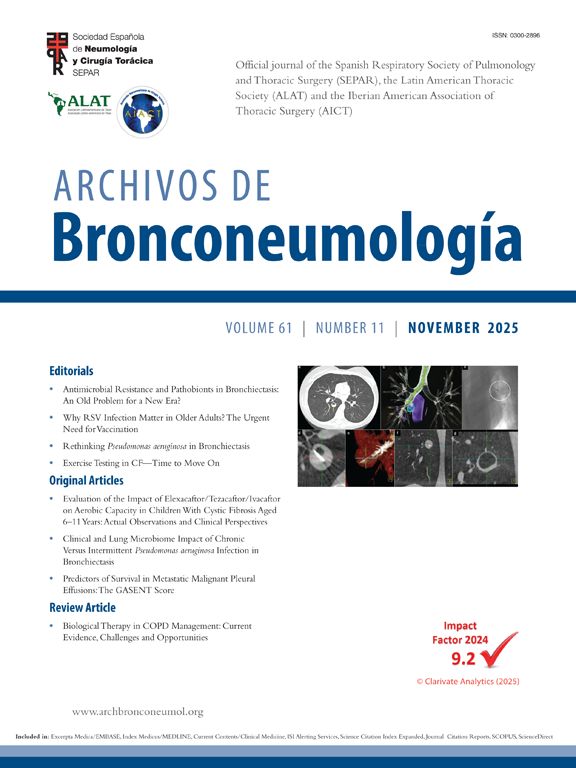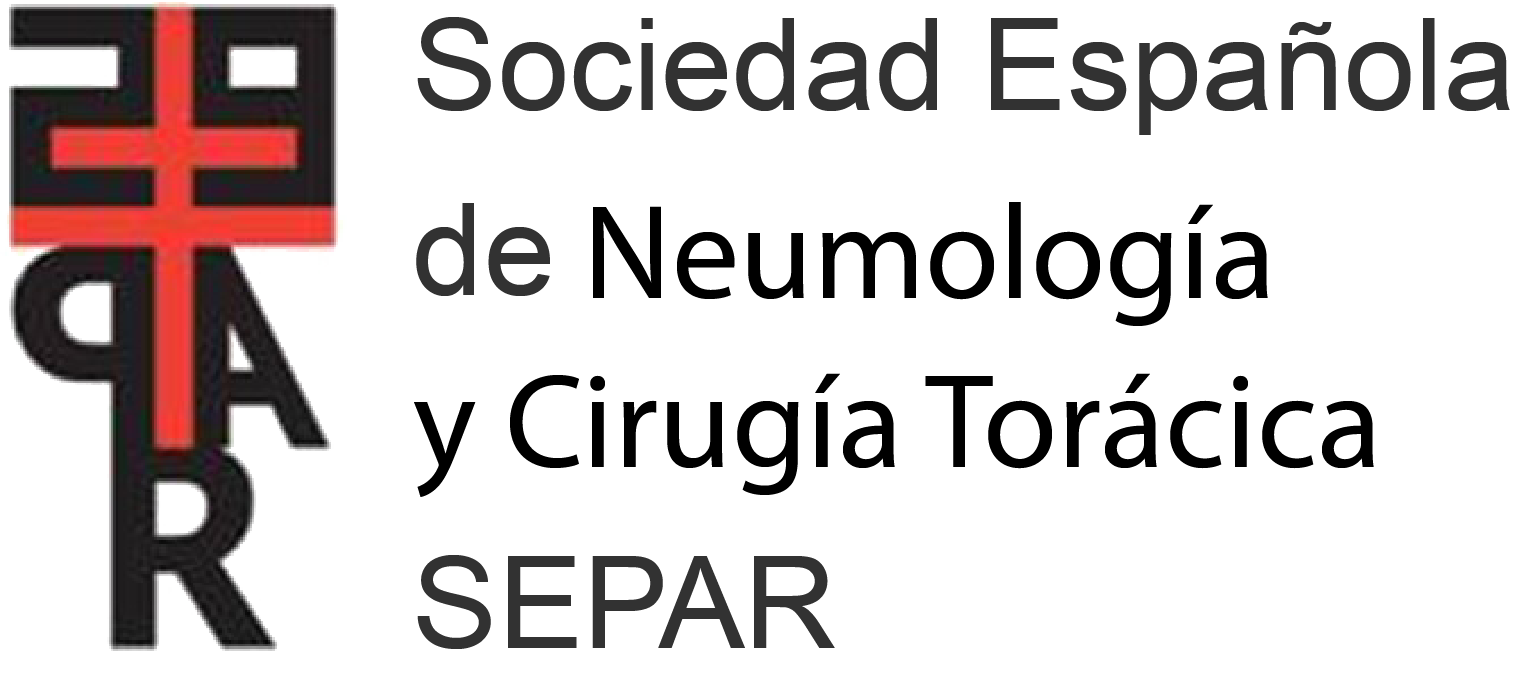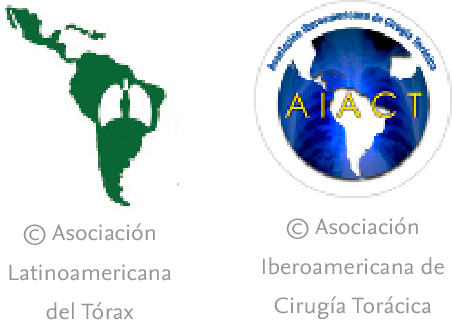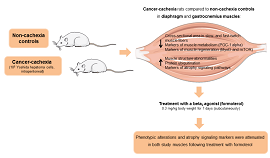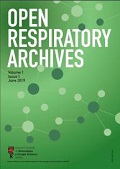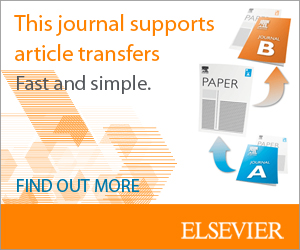was read the article
| Year/Month | Html | Total | |
|---|---|---|---|
| 2025 11 | 105 | 39 | 144 |
| 2025 10 | 12 | 47 | 59 |
| 2025 9 | 0 | 34 | 34 |
| 2025 8 | 0 | 40 | 40 |
| 2025 7 | 0 | 28 | 28 |
| 2025 6 | 5 | 69 | 74 |
| 2025 5 | 131 | 16 | 147 |
| 2025 4 | 122 | 19 | 141 |
| 2025 3 | 135 | 21 | 156 |
| 2025 2 | 126 | 16 | 142 |
| 2025 1 | 102 | 34 | 136 |
| 2024 12 | 69 | 19 | 88 |
| 2024 11 | 66 | 39 | 105 |
| 2024 10 | 35 | 21 | 56 |
| 2024 9 | 44 | 11 | 55 |
| 2024 8 | 49 | 22 | 71 |
| 2024 7 | 52 | 30 | 82 |
| 2024 6 | 68 | 33 | 101 |
| 2024 5 | 85 | 29 | 114 |
| 2024 4 | 53 | 31 | 84 |
| 2024 3 | 45 | 12 | 57 |
| 2024 2 | 60 | 37 | 97 |
| 2024 1 | 51 | 26 | 77 |
| 2023 12 | 58 | 25 | 83 |
| 2023 11 | 77 | 22 | 99 |
| 2023 10 | 53 | 25 | 78 |
| 2023 9 | 61 | 27 | 88 |
| 2023 8 | 47 | 29 | 76 |
| 2023 7 | 50 | 30 | 80 |
| 2023 6 | 54 | 22 | 76 |
| 2023 5 | 50 | 30 | 80 |
| 2023 4 | 52 | 35 | 87 |
| 2023 3 | 79 | 52 | 131 |
| 2023 2 | 53 | 22 | 75 |
| 2023 1 | 54 | 31 | 85 |
| 2022 12 | 79 | 34 | 113 |
| 2022 11 | 109 | 45 | 154 |
| 2022 10 | 136 | 63 | 199 |
| 2022 9 | 388 | 132 | 520 |
| 2022 8 | 60 | 42 | 102 |
| 2022 7 | 62 | 54 | 116 |
| 2022 6 | 53 | 50 | 103 |
| 2022 5 | 72 | 56 | 128 |
| 2022 4 | 108 | 43 | 151 |
| 2022 3 | 116 | 42 | 158 |
| 2022 2 | 100 | 34 | 134 |
| 2022 1 | 195 | 70 | 265 |
| 2021 12 | 120 | 28 | 148 |
| 2021 11 | 204 | 32 | 236 |
| 2021 10 | 0 | 10 | 10 |

